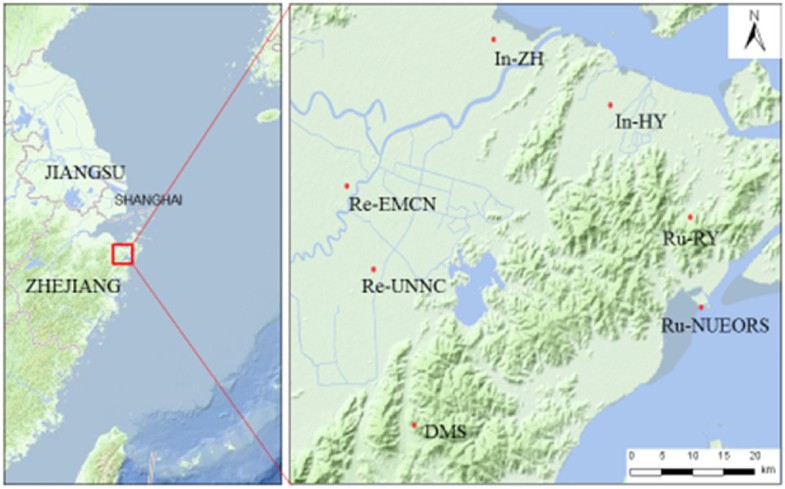

Duplicate polyurethane foam based passive air samplers (PUF-PAS) were deployed at seven sites in Ningbo from November 1, 2014 to October 31, 2015 and were used to analyze 15 priority polycyclic aromatic hydrocarbons (PAHs). Higher benzo[a]pyrene toxic equivalent concentrations were observed in the industrial areas during wintertime. Correspondence analysis (CA) was used to characterize the PAH congener profiles associated with each functional district and their temporal variations. It showed that different PAH composition profiles and seasonal variations were observed in mountain, rural area and residential areas; and different industrial layouts also led to different properties of PAH congener emissions. Higher levels of PAHs were observed around oil refinery in summer and at mountainous areas in winter, which might be attributed to the evaporation of petroleum and the impact of local biomass burning. This study also demonstrated that the factors influencing the representativeness of a site could be more clearly understood using PUF-PAS and CA analysis.
